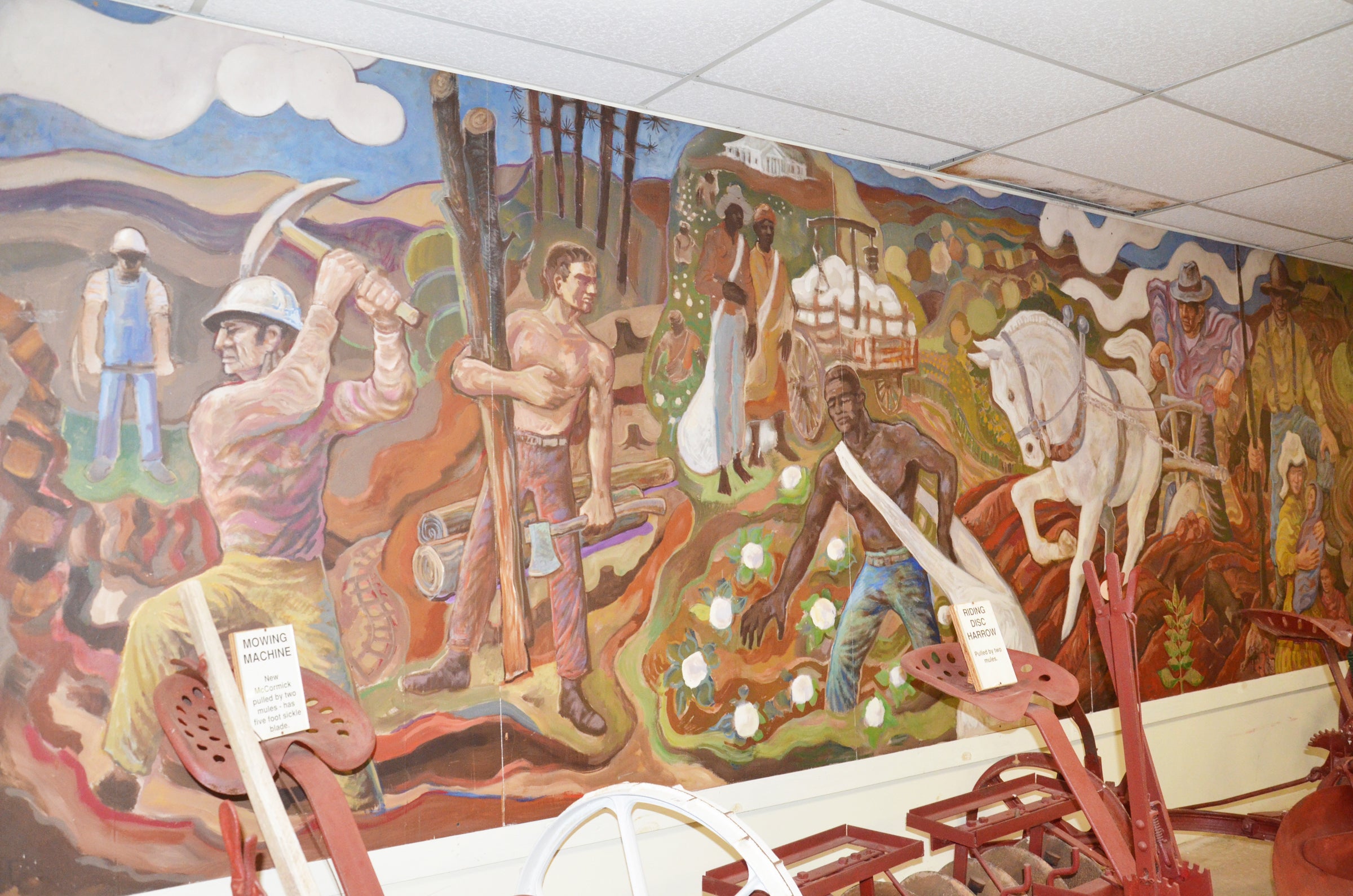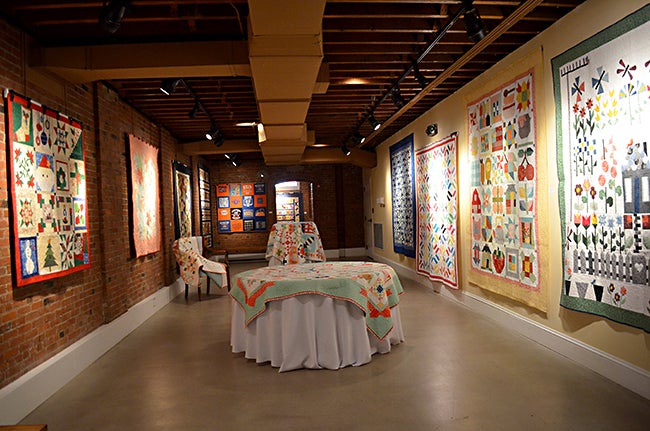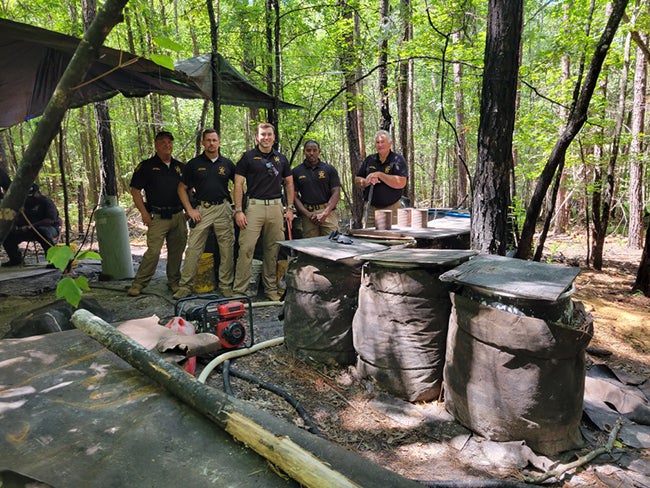A place for art: Pioneer Museum a surprising showcase for artists
Published 3:00 am Saturday, January 27, 2018

- From Mose T folk art to a splendid mural by Larry Godwin, the Pioneer Museum of Alabama is home to a wide array of artwork.
Pike County has always been blessed with creative people and, in recent years, Troy has become widely known as a cultural arts center.
Troy University Janice Hawkins Park features the largest collection of terracotta warriors outside China and the International Arts Center includes the Nall Gallery featuring the work of Troy native and internationally acclaimed artist Nall Hollis and the Huo Bao Zhu Gallery that houses a revolving gallery of art and hosts visiting exhibits.
The Johnson Center for the Arts in downtown Troy features exhibitions throughout the year including the work of local and student artists as well as regionally, nationally and internationally acclaimed artists. The art center is a true cultural center with art talks, musical events and theater presentations are included in it programming.
The Troy Arts Council has an extensive permanent art collection that can be viewed at various location around town including the WTBF-Radio Studio on the square in downtown Troy, the Pike County Board of Education facility, the Pike County Chamber of Commerce, and the City of Troy Tourism Office.
Art enthusiasts and connoisseurs from the local communities, around the state and across state lines take advantage of the arts opportunities in Troy.
But there’s more.
Artwork can be found in often unexpected places and the Pioneer Museum is one of those places.
Kari Barley, museum director, said the museum is first and foremost a museum of pioneer history.
“We take great pride in our museum,” Barley said. “The Pioneer Museum of Alabama features the main building that includes the village square and an extensive collection of artifacts, more than 18,000. On the grounds, we have 22 historic structures, an amphitheater, a walking trail and a wetlands overlook.”
And one thing that is often overlooked when generalizing about the pioneer museum is its art collection.
“We don’t think of the museum as an art gallery and but, in sense, we are,” Barley said. “Artwork is used to enhance our exhibits – murals, paintings, quilts, pottery, needlework, photography. Artwork is the background for many of our exhibits. It is a big part of the Pioneer Museum of Alabama and people do notice. They often comment, especially about the two murals by Larry Godwin. One is in the Village and the other is the background for museum’s agricultural wing.”
Barley said, the Pioneer Museum perhaps has the largest display of Godwin’s paintings.
“There might be some place that has more of Larry Godwin’s artwork exhibited but I don’t know about it,” she said. “The museum has the two large murals and he also did the artwork for our Native American wing. We also have one of his large oil paintings. We are extremely fortunate to have his artwork. It greatly enhances our exhibits.”
But Godwin’s artwork is not the only artwork featured at the museum.
“We have several Mose T. paintings, a couple by Woodi Ishmael, one by Serge Shillabeer and several of Miss Alice Thornton’s paintings,” Barley said.
One piece of artwork of which the museum is especially proud is a drawing in progress by Troy folk artist Jean Lake.
“That is a real treasure,” Barley said. “There is a painting of Ann Love but it is unsigned. We have Susan Berry’s artwork. Paintings by Myrtle Seay and one by Albert Anderson.
“In the Bass rooms, we have several original pieces by S.C. Hendrick and one painting that can’t be verified but it is thought to have been done by Mary Ann Douglas Bass.
Barley said the artwork on display not only enhances the displays, it helps tell the story of days gone by.
“Of special interest to me and to a lot of others is a piece by a roving painter,” Barley said. “Roving painters would travel around the country painting portraits for people. Because painting is so time consuming, the roving painters would already have the painting completed except for the facial features. When someone wanted a portrait done, they would paint in that person’s face. That’s fascinating to me.”
The quilts on display, the pottery that was molded for kitchen use, the leatherwork that was fashioned for saddles and harnesses, the carved wooden spoons, bowls and well buckets, the handmade baskets, the handmade aprons and many items that were forged at the hands of blacksmiths – art it was; art it is. So, the Pioneer Museum is an art gallery, an unexpected art gallery but one well worth the visit.





